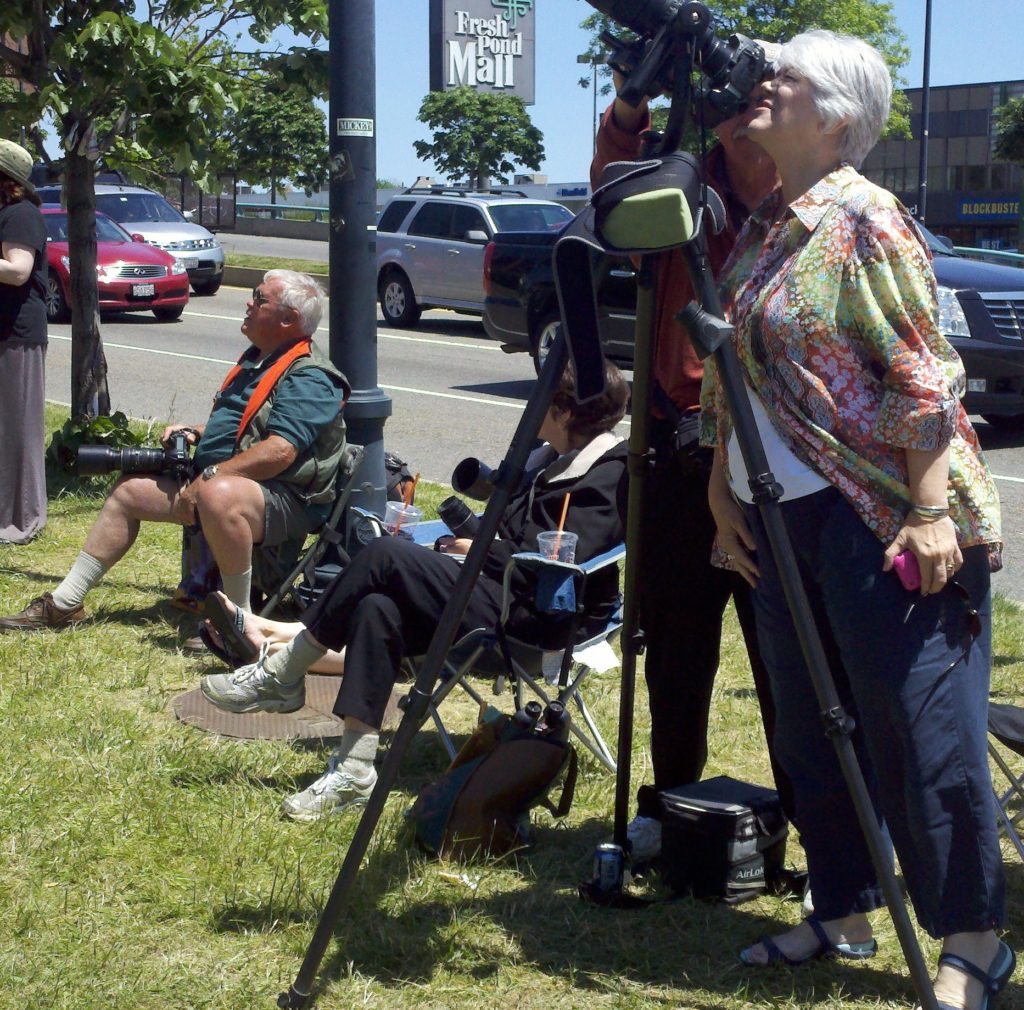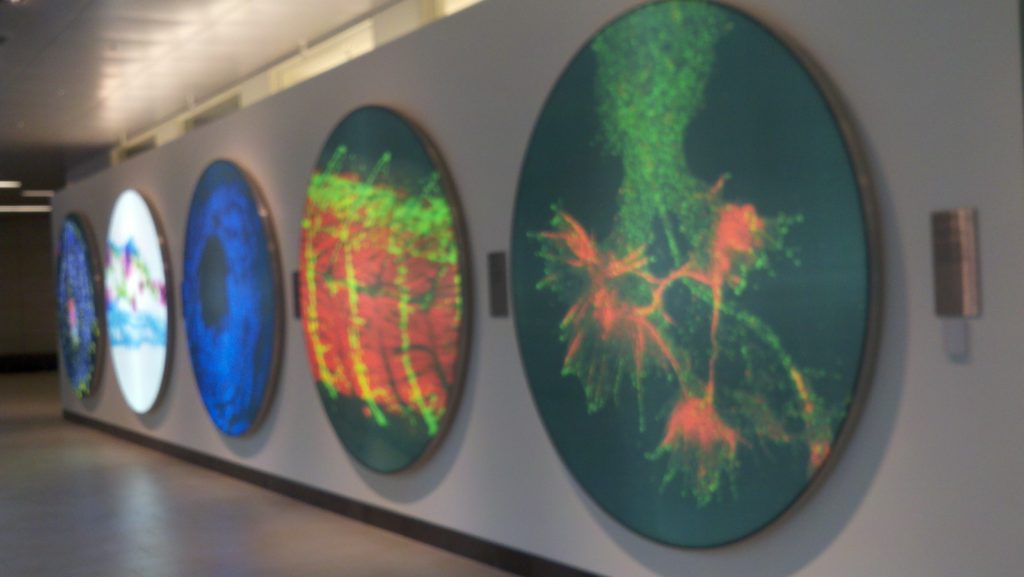Cambridge Local AFL-CIO Insulators, Tin Kinockers and Pipefitters exhibit a large inflatable rat to make clear how...
MA
Boston filmmaker Bill Lichtenstein is seeking $104K to fund documentary "The American Revolution" about 60s Boston radio...
At 1PM, collaborators from MIT, CIC, the Marion Ewing Kauffman Foundation
for Entrepreneurship, several venture funds, the City...
Artists Chihuly and El Anatsui bring to life beautiful worlds based on imagination and the seemingly-mundane....
I thought it was nuts for a 50-something professional woman with a responsible job to spend hours...
On my way to a meeting at MIT, I happened to spot some stunning photos through the...



